Monthly economic brief: December 2021
The monthly economic brief provides a summary of latest key economic statistics, forecasts and analysis on the Scottish economy.
This document is part of a collection
Labour Market
The number of payrolled employees continued to rise in November as demand for staff remained strong though staff shortages persist.
Official labour market statistics
- The latest labour market statistics for August to October show Scotland's employment rate was 74.6% (down 0.2 percentage points over the year), the unemployment rate was 4.1% (down 0.2 percentage points) and the inactivity rate was 22.1% (up 0.3 percentage points).[9]
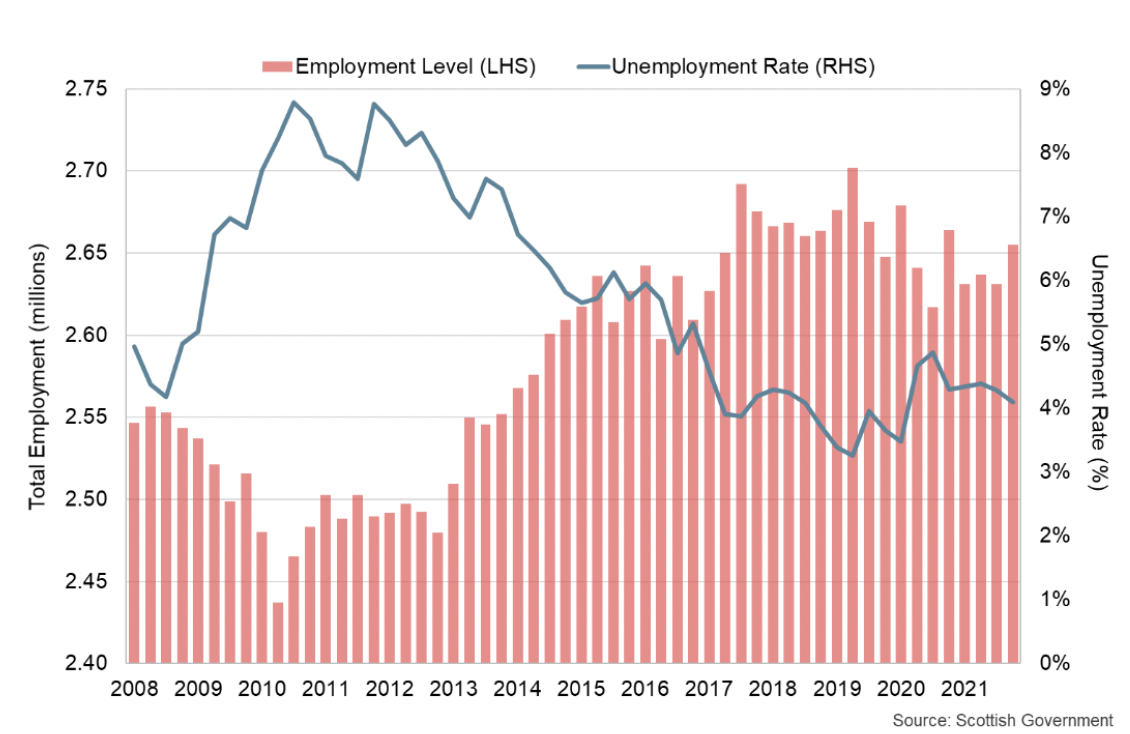
- The headline labour market indicators compare well against historical trends with latest data continuing to cover a period in which up to the end of September, the Coronavirus Jobs Retention Scheme was providing significant support to the labour market.
- Since its inception, the furlough scheme has supported 911,900 unique jobs in Scotland (11.7 million across the UK) and at the end of the scheme in September, 80,800 jobs were being supported - 50.9% of furloughed employments on flexible furlough and the remaining 49.1% fully furloughed.[10]
- Wider labour market indicators provide insights into how the labour market has performed in October and November following the end of the furlough scheme.
PAYE payrolled employment and Claimant Count
- More recent Pay As You Earn (PAYE) Real Time Information data for November 2021 indicate the number of payrolled employees in Scotland continued to increase, up 17,000 (0.7%) over the month and up 99,000 (4.3%) compared with November 2020.[11]
- Overall in November,there were 2.4 million payrolled people in employement, 25,000 (1%) more than in September at the end of the furlough scheme and 16,000 (0.7%) more than in February 2020 prior to the pandemic.
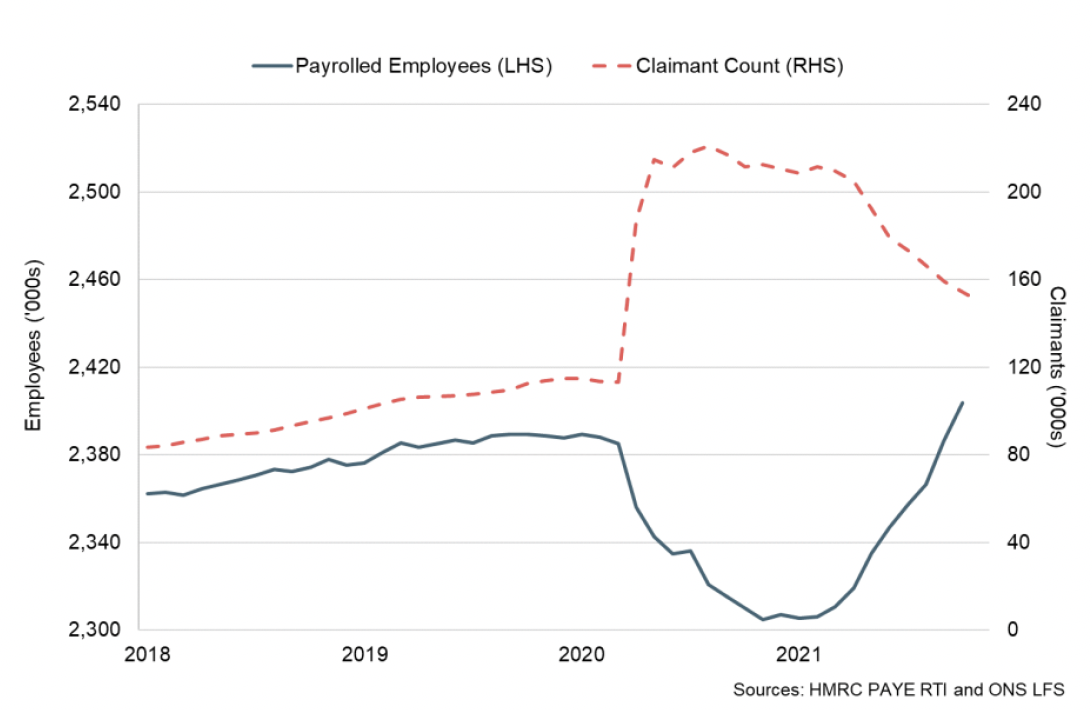
- Alongside the rise in payrolled employees, Scotland's Claimant Count (the number of claimants of Job Seekers Allowance and claimants of Universal Credit claiming principally for the reason of being unemployed) fell 3.0% in November to 149,700; a claimant count rate of 4.7%.
- The claimant count continued its recent downward trend and has fallen 32.2% from its peak in August 2020 and 6% since September when the furlough scheme ended however, it remains 36,000 (31.7%) higher than its pre-pandemic level in February 2020.[12]
Demand for staff
- The latest Report on Jobs also signalled that permanent and temporary staff placements continued to grow in November as businesses expanded their workforce in response to rising levels of demand.[13] Demand for staff also continued to grow strongly, with job vacancies rising across Scotland for both permanent and temporary staff, though the pace of growth in demand eased slightly from recent months. ONS Adzuna data shows online job vacancies in Scotland for the week to 10 December November were 33.1% higher than in February 2020.[14]
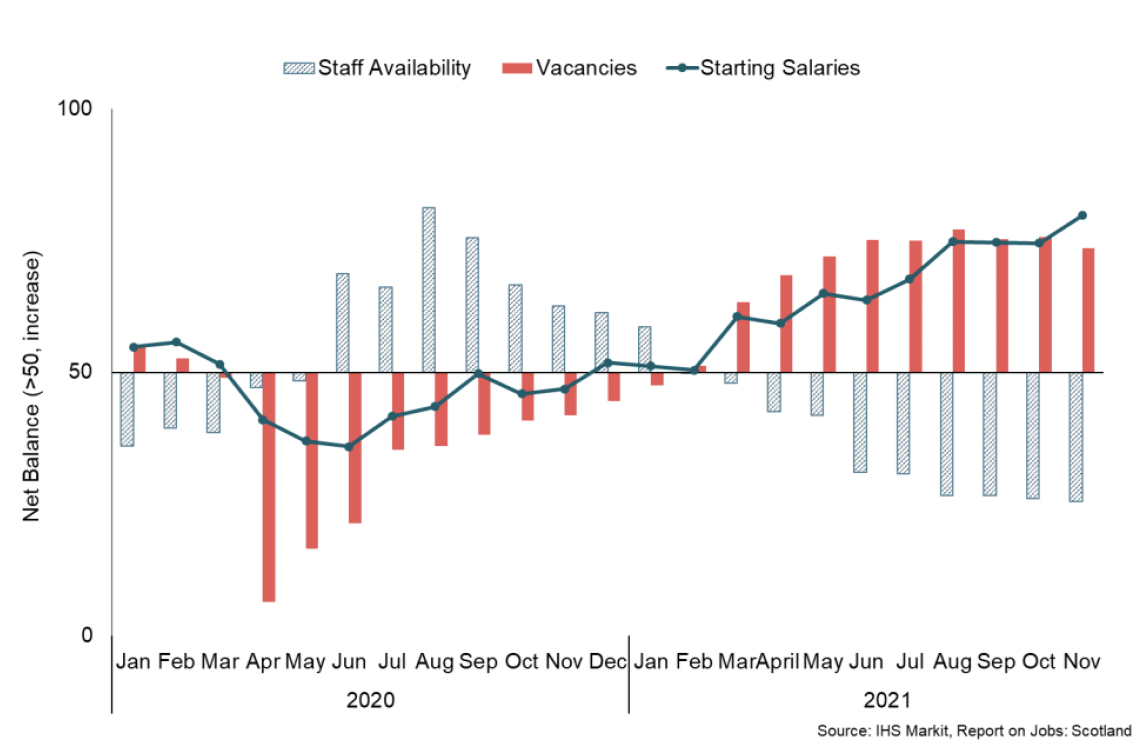
- The combination of relatively low unemployment (supported by the furlough scheme to the end of September), coupled with the recent rapid strengthening in demand for staff and sharp decline in candidate availability has resulted in further upward pressure on starting salaries and ongoing labour shortages affecting a range of sectors including haulage, construction, hospitality and food & drink.
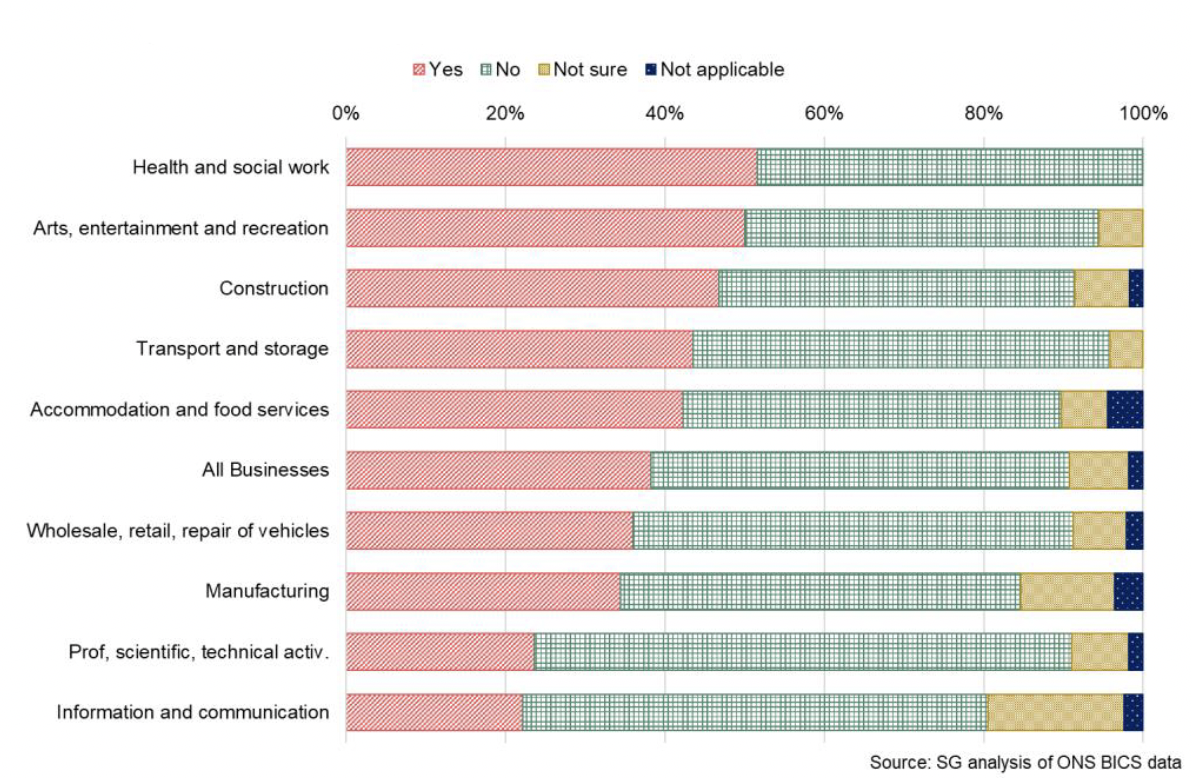
- Latest BICS data for November reported that 44% of businesses found vacancies were more difficult to fill than normal, while 24% found no difference and 2% reported vacancies were easier to fill.[15]
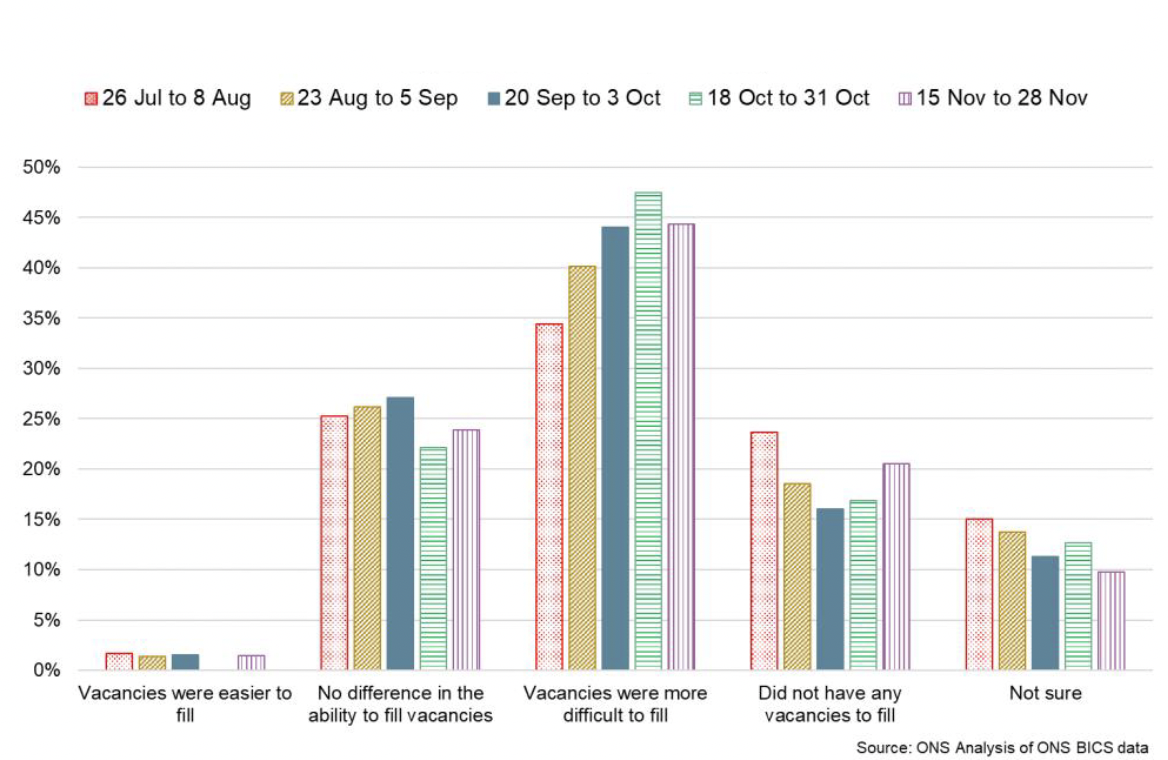
Earnings
- Mean PAYE monthly pay fell sharply at the start of the pandemic, however strengthened over the course of 2020 and rebounded back above its pre-pandemic level in August 2020.[16]
- Following a slight fall in September, latest PAYE RTI data show mean monthly pay grew by 0.6% in October to £2,514 – up 3.5% over the year.[17]
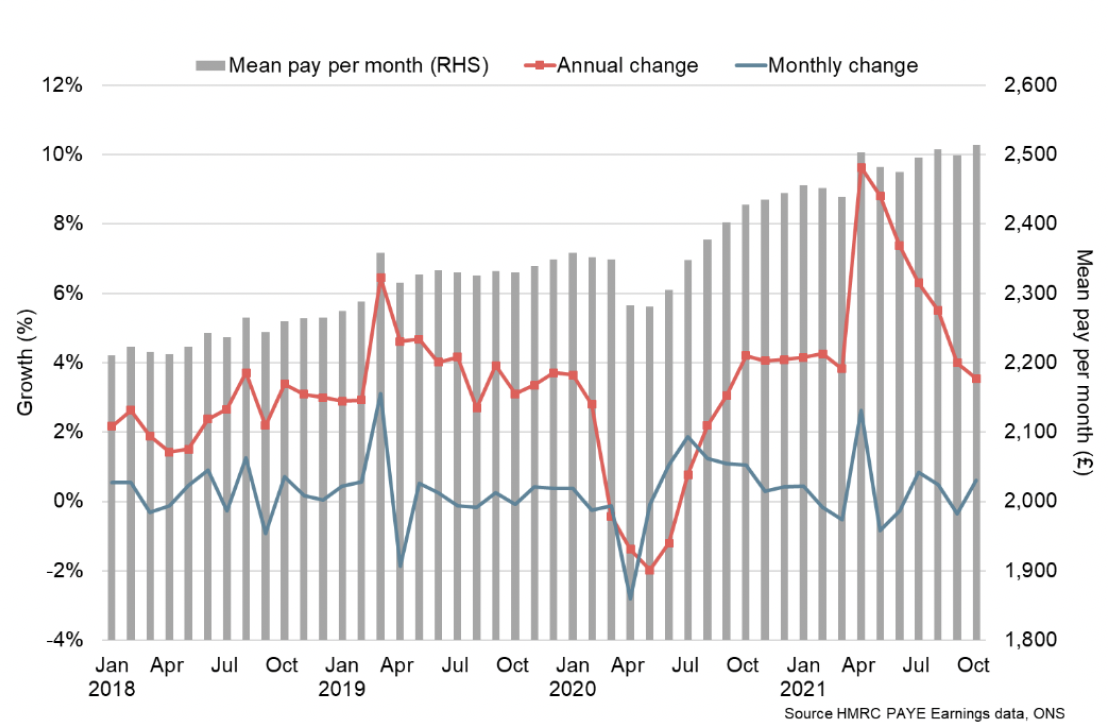
- Looking ahead, business survey data for November shows that the increase in demand for staff and shortage of availability has been reflected in further upward pressures on rates of starting pay for both permanent and temporary staff positions.[18]
Contact
Email: OCEABusiness@gov.scot
There is a problem
Thanks for your feedback